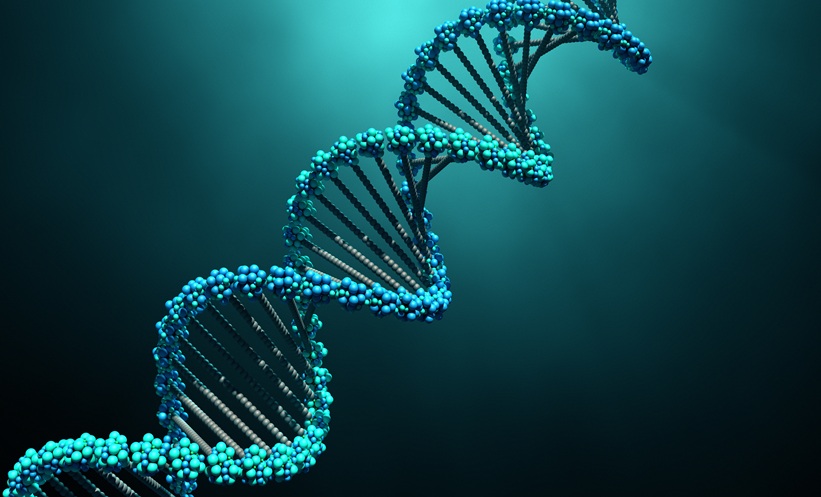A NEW STUDY has demonstrated the clinical utility of circulating tumour DNA (ctDNA) analysis as an alternative to tissue biopsy for genotyping in advanced urothelial cancer (UC). Researchers aimed to establish a plasma ctDNA sequencing assay and evaluate its effectiveness in assessing tumour genetics and treatment response. The study included 82 patients with muscle-invasive or metastatic UC, analysing 158 blood samples and 73 tumour tissue samples using a panel covering 53 UC-relevant genes and the TERT promoter.
Findings revealed that in paired tissue-ctDNA samples with estimated tumour fraction, 50.2% of somatic mutations were shared between both sources, while 17.6% were detected only in ctDNA. This suggests that ctDNA analysis can provide additional genetic insights beyond traditional biopsy. The study further explored the relationship between ctDNA fraction and response to pembrolizumab, a commonly used immune checkpoint inhibitor. In patients with metastatic UC, an increase in ctDNA fraction during pembrolizumab treatment was significantly associated with poor response rates (18.7% vs 76.1%; P = .001) and shorter progression-free survival (median 2.8 vs 9.8 months; P < .001). These results suggest that rising ctDNA levels may indicate treatment resistance.
A comparison of cancer cell fraction between pembrolizumab initiation and during treatment showed a strong correlation (r = 0.73) in patients with increasing ctDNA fraction, whereas no correlation was found in those without ctDNA fraction increase (r = 0.09). This highlights the potential role of ctDNA dynamics in monitoring disease progression. Additionally, most mutations identified at the point of pembrolizumab resistance had already been detected in earlier tumour tissue samples, suggesting that resistance may be driven by pre-existing tumour mutations rather than new genetic alterations.
The study concludes that the newly developed ctDNA assay is effective for assessing the genomic profile of advanced UC. The findings indicate that ctDNA analysis could serve as a valuable prognostic tool and aid in identifying biomarkers predictive of treatment response. Future research may build on these insights to refine therapeutic strategies and improve outcomes for patients with advanced UC.Top of FormBottom of Form
Reference
Sakatani T et al. Clinical utility of serial circulating tumor DNA analysis as a minimally invasive biomarker in advanced urothelial cancer. JCO Precis Oncol. 2025;9:e2400472.








